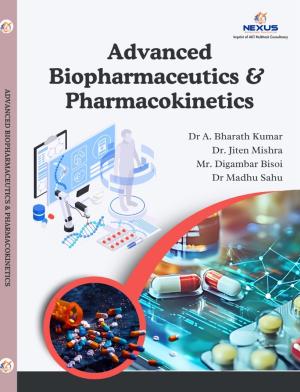DRUG INTERACTIONS AND THEIR IMPACT
Synopsis
Drug interactions represent a critical challenge in clinical pharmacology, significantly influencing therapeutic efficacy, safety, and patient outcomes. These interactions occur when the pharmacokinetics or pharmacodynamics of one drug are altered by the presence of another substance—be it another drug, food, herbal supplement, or environmental chemical. With the increasing prevalence of polypharmacy, especially among elderly and chronically ill patients, the risk of adverse drug interactions has become a major concern in healthcare.
Drug interactions are broadly categorized into:
- Pharmacokinetic interactions: Affect drug absorption, distribution, metabolism, or excretion. For example, enzyme inhibition (e.g., CYP450) can lead to increased drug levels and toxicity, while enzyme induction can reduce efficacy.
- Pharmacodynamic interactions: Involve additive, synergistic, or antagonistic effects at the drug’s site of action. These can amplify therapeutic effects or cause dangerous side effects, such as respiratory depression from combining opioids and benzodiazepines.
- Pharmaceutical interactions: Occur before administration due to incompatibilities in drug formulations, leading to reduced potency or altered drug activity.
The clinical implications include:
- Therapeutic failure or toxicity
- Increased hospital admissions and healthcare costs
- Need for dosage adjustments and monitoring
- Potential for personalized medicine using pharmacogenomics and predictive modeling
Understanding the mechanisms and consequences of drug interactions is essential for safe prescribing practices. Emerging tools such as machine learning algorithms, systems pharmacology, and interaction-checking software are enhancing the ability to predict and prevent harmful interactions. Ultimately, interdisciplinary collaboration and continuous medication review are key to minimizing risks and optimizing therapeutic outcomes.
Downloads
Pages
Published
License

This work is licensed under a Creative Commons Attribution-NonCommercial-NoDerivatives 4.0 International License.





